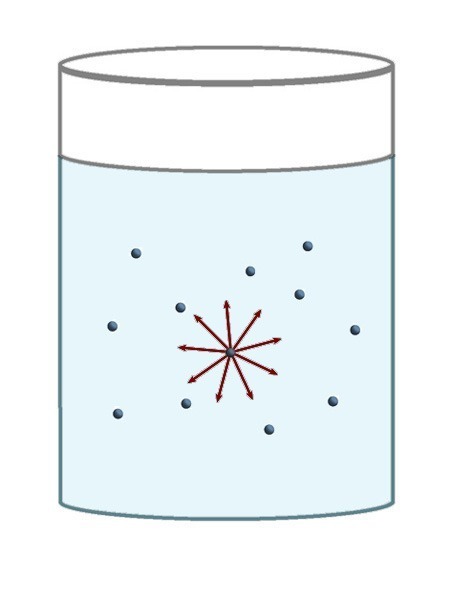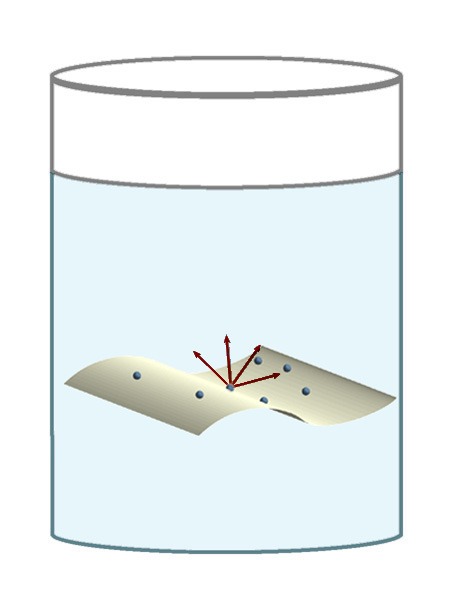Applications of Liquid Scintillation Counting
Counting Samples on Cellulose-Ester Filters
A common radiotracer technique is to precipitate macromolecules (protein & DNA) with TCA or some other strong denaturant, collect the precipitate on a filter and count it. Often such procedures give variable results, depending upon the degree to which the sample disperses from the filter into the cocktail. A typical artifact is counts which rise over time as more material dissolves off of the filter. It is possible to avoid these artifacts by using a cocktail that dissolves the filter, reproducibly releasing all of the sample for counting.


Counting Samples on Cellulose-Ester Filters: The Procedure
Do not dry the filters because this will slow the dispersion process. If a filter has dried, dampen it with 1-2 drops of distilled water.
- Place the damp filter with sample into 10ml of National Diagnostics' Filtron X.
- Allow to stand at room temperature for 15 minutes. Shake well and count.
NEXT TOPIC: Preparing Tissue Samples for Scintillation Counting
- Waste Disposal Issues in Scintillation Counting
- Preparing Tissue Samples for Scintillation Counting
- Preparing Samples in PAGE Gels for LSC
- Liquid Scintillation and Radiation Safety
- HPLC Flow Counting
- Counting Samples on Cellulose-Ester Filters
- Counting Samples from TLC Plates by LSC
- Counting Carbon Dioxide by LSC
- Assaying Discrete Samples by Liquid Scintillation Counting
